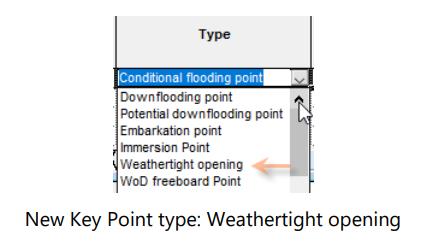摘要:本指南全面介绍了安装方法。从基础知识开始,详细介绍了各种安装方式的步骤和注意事项,包括常见的安装类型、安装前的准备工作、安装过程中的关键步骤以及常见问题解决方案。通过阅读本指南,读者可以轻松掌握各种安装方法,从而更加高效地完成软件、系统或设备的安装工作。
In the realm of technology, installation is a crucial process that precedes the utilization of various software, applications, or systems. Understanding the different installation methods available is essential for efficient and effective deployment in various scenarios. This article aims to provide a comprehensive guide on the various installation methods, focusing on their processes and advantages.
1、Basic Installation Methods:
a. Manual Installation:
Manual installation refers to the process where an administrator or user installs software or hardware manually by following the instructions provided. This method involves unpacking the software, copying files to the desired location, and configuring settings as per requirements. While it might be time-consuming, it offers flexibility and customization options.
b. Automatic Installation:
Automatic installation is a process that simplifies the installation process by using automated scripts or tools. It reduces human error and speeds up the process by downloading, unpacking, and installing the software automatically. This method is commonly used for software packages that require minimal configuration and customization.
c. Package Managers:
Package managers are software tools that automate the installation, updating, and removal of software packages on a system. They provide a convenient way to manage multiple software components and their dependencies. Examples of package managers include npm (for Node.js), apt (for Debian and Ubuntu), and brew (for macOS).
2、Advanced Installation Methods:
a. Silent Installation:
Silent installation, also known as unmanned installation, is an automated installation method that does not require any user intervention. It is typically used for large-scale deployments where multiple systems need to be installed with the same configuration. This method involves using configuration files or command-line parameters to automate the installation process.
b. Network Installation:
Network installation allows software to be installed remotely over a network, eliminating the need for local media such as CDs or USBs. It is commonly used in enterprise environments where multiple computers need to be updated with the latest software versions simultaneously. This method reduces deployment time and ensures consistency across systems.
c. Containerization:
Containerization is a modern approach to application deployment that allows for the creation of lightweight, portable containers that include an application and its dependencies. This method ensures that the application runs in an isolated environment, regardless of the underlying infrastructure, ensuring consistency and scalability. Popular containerization technologies include Docker and Kubernetes.
d. Cloud-Based Installation:
Cloud-based installation refers to deploying software or applications on cloud platforms such as Amazon Web Services (AWS), Microsoft Azure, or Google Cloud Platform. This method allows for scalability, elasticity, and easy management of resources. Cloud providers often offer one-click installation options for various applications and services.
3、Considerations for Effective Installation:
a. Compatibility: Ensure that the software or application is compatible with the underlying system or infrastructure. Check for system requirements and ensure that the necessary dependencies are met.
b. Security: Ensure that the installation process is secure and follows best practices for protecting against malware and vulnerabilities.
c. Documentation: Refer to official documentation provided by the software vendor for detailed installation instructions and troubleshooting tips.
d. Backup: Create a backup of important files and data before starting the installation process to avoid any data loss during or after installation.
In conclusion, understanding the different installation methods available is crucial for efficient and effective deployment of software, applications, or systems. The methods discussed in this article provide a comprehensive guide on various installation techniques, their processes, and advantages, enabling you to choose the most suitable method based on your requirements and scenarios.



